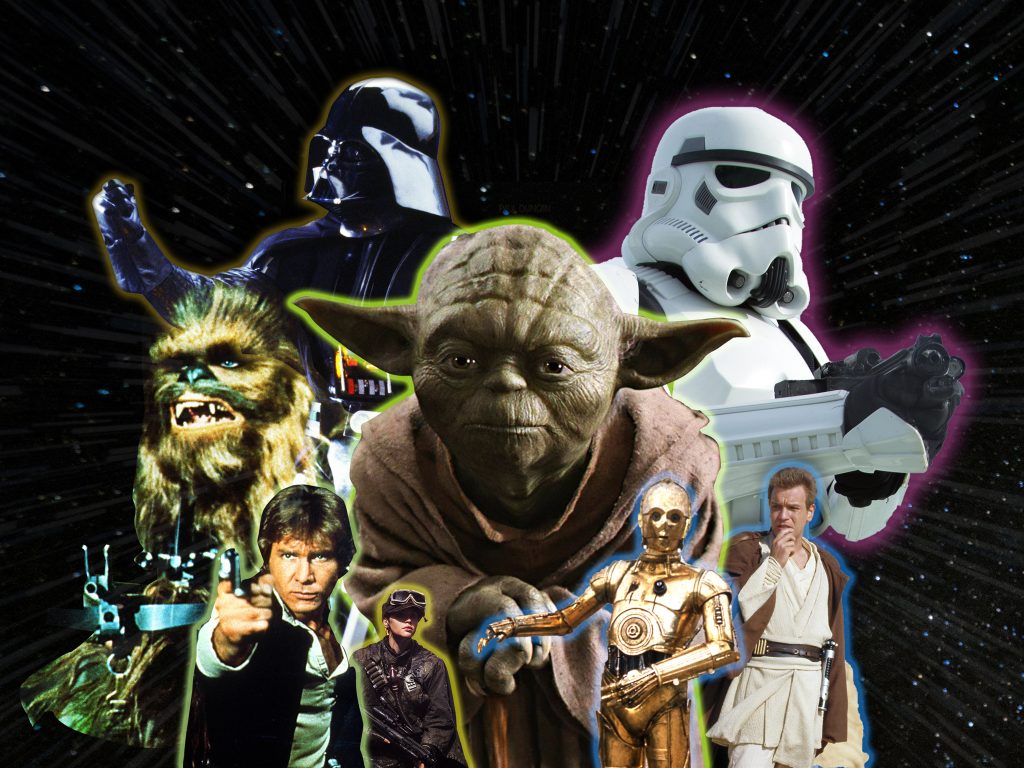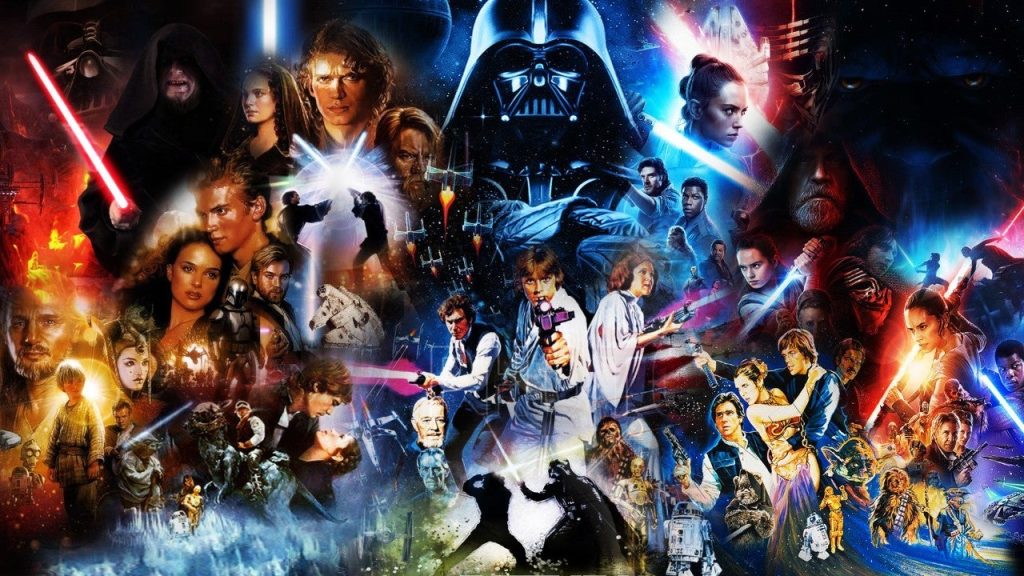George Lucas’s Epic Creation That Transcended Generations
Star Wars, an iconic American space opera multimedia franchise, was brought to life by the visionary George Lucas. It all began with the release of the eponymous film in 1977, quickly evolving into a worldwide pop culture sensation. Over the years, the franchise has expanded into various forms of media, encompassing not only films but also television series, video games, novels, comic books, theme park attractions, and entire themed areas. It’s a vast fictional universe that has captivated audiences worldwide and solidified its place as one of the highest-grossing media franchises in history.
The Saga’s Cinematic Journey
The original 1977 Star Wars film, later retroactively titled “Episode IV: A New Hope,” marked the beginning of an epic narrative. It was followed by the equally iconic sequels, “Episode V: The Empire Strikes Back” in 1980 and “Episode VI: Return of the Jedi” in 1983, collectively forming the original Star Wars trilogy. George Lucas later returned to the series to helm a prequel trilogy, consisting of “Episode I: The Phantom Menace” (1999), “Episode II: Attack of the Clones” (2002), and “Episode III: Revenge of the Sith” (2005).
In 2012, George Lucas sold his production company, Lucasfilm, to Disney, relinquishing his franchise ownership. This transition ushered in a new era for Star Wars, giving rise to a sequel trilogy consisting of “Episode VII: The Force Awakens” (2015), “Episode VIII: The Last Jedi” (2017), and “Episode IX: The Rise of Skywalker” (2019).
The Skywalker Saga’s Success and Impact
They were collectively called the “Skywalker Saga,” all nine films in this epic narrative were nominated for Academy Awards, with the first two films winning. These films’ combined box office revenue surpassed an astonishing $10 billion, securing Star Wars as the third-highest-grossing film franchise of all time.

The Expansive Star Wars Universe
Star Wars transports audiences “a long time ago in a galaxy far, far away.” In this richly detailed universe, humans coexist with numerous alien species, often humanoid, and with robots referred to as ‘droids.’ Advanced lightspeed hyperspace technology enables space travel between planets. The diversity of worlds is astounding, ranging from opulent, planet-wide cities to desolate deserts inhabited by primitive tribes. Star Wars introduces a multitude of unique and vibrant planets, each teeming with sentient and non-sentient alien life.
The franchise also explores other celestial phenomena, including asteroid fields and nebulae. An array of spacecraft, from agile starfighters to massive capital ships like the Star Destroyers, populates this galaxy. Communication includes two-way audio, audiovisual screens, holographic projections, and the HoloNet, an internet equivalent.
While the Star Wars universe shares similarities with our own, it boasts a more flexible set of physical laws, allowing for imaginative storytelling. This flexibility gives rise to the Force, a mystical energy field described as “an energy field created by all living things … [that] binds the galaxy together.” The Force serves as a pantheistic deity and grants various superpowers, including telekinesis, precognition, telepathy, and manipulating energy. Two opposing knightly orders harness these powers: the Jedi, who uphold peace and the light side of the Force, and the Sith, who exploit the dark side through fear and aggression.
Lightsabers, plasma blades capable of cutting through almost anything and deflecting energy bolts, are the weapons of choice for Jedi and Sith. The rest of the galaxy’s population, including renegades and soldiers, wields plasma-powered blaster firearms. The Star Wars galaxy is embroiled in numerous military conflicts due to galaxy-spanning political complexities, featuring republics, empires, alliances, and more. In the outer reaches, crime syndicates like the Hutt cartel exert dominance, hiring bounty hunters for their interests, which include smuggling and slavery.

A Blend of Genres: Science Fiction and Fantasy
The fusion of science fiction and fantasy elements in Star Wars creates a versatile franchise capable of storytelling across various genres. It’s a universe that can explore political intrigue, thrilling adventures, epic battles, and the timeless struggle between good and evil.
The Cinematic Legacy and Beyond
The Star Wars film series comprises three trilogies, collectively known as the “Skywalker Saga.” The original trilogy, released between 1977 and 1983, traces Luke Skywalker’s heroic journey. The prequel trilogy, released from 1999 to 2005, delves into the backstory of Luke’s father, Anakin Skywalker. From 2015 to 2019, the sequel trilogy introduces new characters, including Luke’s nephew, Ben Solo, and Rey, Luke’s protegé.
Additionally, “anthology” films such as “Rogue One” (2016) and “Solo” (2018) expand upon the Star Wars narrative by exploring side stories and characters. The franchise’s enduring popularity has led to the announcement of more upcoming Star Wars films, including projects that delve into the origins of the Jedi, the New Republic era, and the New Jedi Order.
As the Star Wars galaxy continues to expand and evolve, it remains a testament to the enduring power of storytelling and its ability to captivate audiences across generations.


